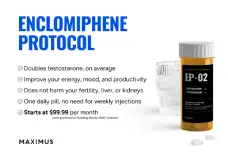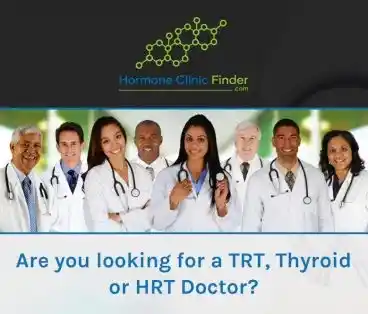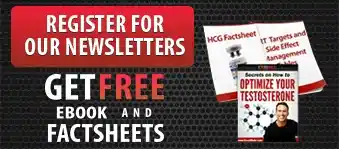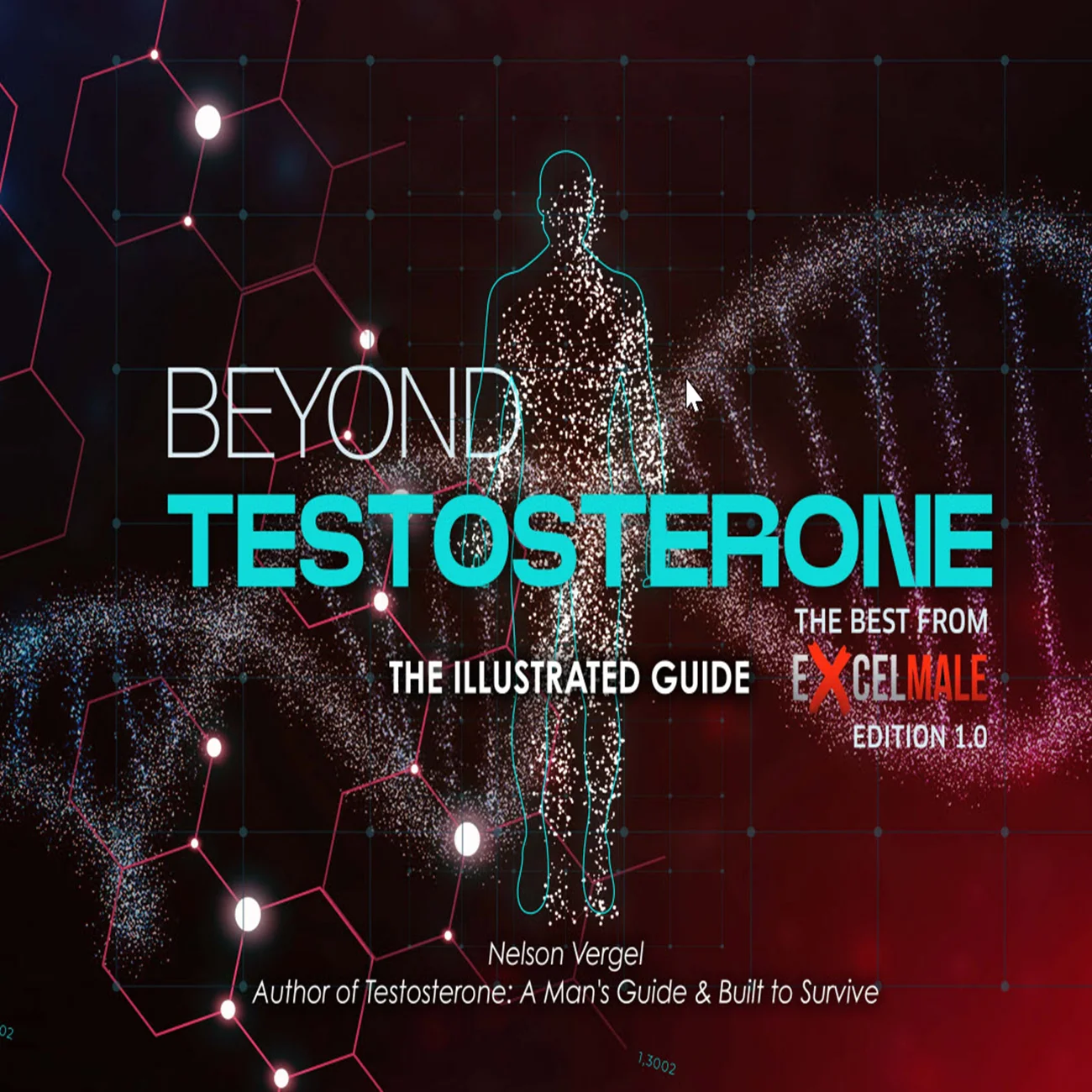When does one's E2 get high enough to start producing Gyno. In other words how much estradiol measured in pg/mL does on typically need to have for them to start risking gyno production.
I was getting concerned when mine got to 60 pg/mL with total T levels of 1200 ng/dl, but to my surprise, I felt great, had better erections/libido and no gyro.. at what point do you start getting concerned? I know everyone is different, but is there a general threshold?
There is no set threshold.
As far as one developing gyno it is rare on trt doses and even then gynecomastia will only happen in genetically prone individuals.
In the early stages, it can be reversed but when it reaches the later stages it can remain even after one's hormones are balanced.
Some believe it is caused by an imbalance of the T:E ratio as opposed to just an increase in elevated e2 levels.
ABSTRACT Background Gynecomastia (GM) is a benign proliferation of the glandular tissue of the breast in men. It is a frequent condition with a reported prevalence of 32–65%, depending on the age and the criteria used for definition. GM of infancy and puberty are common, benign conditions...

www.excelmale.com
PATHOPHYSIOLOGY
The exact mechanisms that lead to the development of GM are not entirely elucidated, but an increase in the estrogen-to-androgen balance is suggested to play an important role (Mathur & Braunstein, 1997; Narula & Carlson, 2014). Breast tissue contains receptors for both estrogens and androgens (Nichols et al., 1987; Sasano et al., 1996; Kanhai et al., 2000) (Fig. 2 adapted from Narula & Carlson, 2014). Estrogens stimulate proliferation, whereas androgens inhibit the growth and differentiation of the mammary gland. Consequently, although the concentrations of circulating estrogens in adult men are similar to that of adult women in the early follicular phase, breast development in men does not occur.
Overt androgen deficiency or estrogen excess may be detected, whereas occasionally the ratio between the hormones is abnormal, despite the presence of normal concentrations of both sex hormones, resulting in a relative androgen deficiency or a relative estrogen excess (Rochefort & Garcia, 1983). Furthermore, the activity of estrogen and androgen receptors might modify the hormonal signaling, leading to GM (Hellmann et al., 2012).
Diminished androgen action may be a result of primary or secondary T deficiency, but in rare cases may also be due to the insensitivity of the androgen receptor.
The major part of androgens is converted to estrogens by the enzyme aromatase located in the gonads, adipose tissue, and breast tissue (Mathur & Braunstein, 1997). Aromatase activity is increased by luteinizing hormone (LH) stimulation, obesity, and alcohol, which are all common causes of GM (Ismail & Barth, 2001).
Rare syndromes that alter enzymatic activity, such as aromatase excess syndrome, may also alter the estrogen-to-androgen balance either systematically (Stratakis et al., 1998) or locally, in the breast tissue (Sasano et al., 1996), leading to the development of GM.
Abuse of anabolic-androgenic steroids
The use of anabolic-androgenic steroid (AAS) is frequent in elite athletes, and in recreational sports and bodybuilding; the lifetime prevalence of AAS abuse is 6.4% for men (Nieschlag & Vorona, 2015).
When considering the effects of these drugs, it must be taken into consideration that they are often administered in very high and sometimes undefined doses, their purity might be unclear, and additional polypharmacy, including growth hormone, glucocorticoids, and hCG, is common. Moreover, 15% of nutritional supplements contain prohibited AAS, not declared on the supplement label (Geyer et al., 2014).
Some androgens (e.g., T and androstenedione) are aromatized, while others [dihydrotestosterone (DHT) and many synthetic androgens] cannot undergo aromatization. GM is a very common adverse effect of AAS abuse, especially concerning androgens that aromatize (Nieschlag & Vorona, 2015; Christou et al., 2017). Moreover, most AAS regimens include hCG injections following high-dose AAS cycles to override HPG axis suppression and re-initiate T production. However, this may lead to or aggravate GM, due to an increased aromatase activity.
* read full paper (pdf) MECHANISMS IN ENDOCRINOLOGY Estradiol as a male hormone Nicholas Russell and Mathis Grossmann Abstract Evidence has been accumulating that, in men, some of the biological actions traditionally attributed to testosterone acting via the androgen receptor may...

www.excelmale.com
Effects of excess E2 in men
Excess exposure to estrogens in men can cause gynecomastia, hypogonadotropic hypogonadism, and, if the exposure is pre-pubertal, premature epiphyseal closure leading to short stature. This phenotype occurs in the rare, autosomal dominant, aromatase excess syndrome that results from subchromosomal rearrangements that enhance aromatase transcription. (158). The first rearrangements were described in 2003 (159) but cases of familial gynecomastia, likely due to this syndrome have been noted since antiquity (160).
Gynecomastia is the most consistent effect of excessive exposure to estrogens in boys and men. In addition to the aromatase excess syndrome, gynecomastia has been described in cases of estrogen-secreting testicular tumors (161) and Sertoli cell proliferation in Peutz Jegher Syndrome (162), excess aromatase expression by hepatocellular carcinoma (163), occupational exposures,
abuse of aromatizable androgenic steroids and intentional pharmacological use of estrogens including in transgender women and in men with prostate cancer (164).
Gynecomastia is also seen without absolute estrogen excess. Male breast tissue expresses both ER and AR. In females, estrogens stimulate breast tissue, whereas androgens inhibit it (165). This understanding has been extrapolated to men (166). Gynecomastia can occur in circumstances where there is absolute androgen deficiency or where the ratio of circulating free testosterone to free E2 is reduced (164). Examples of the latter include conditions in which SHBG is increased such as thyrotoxicosis or aging (because SHBG binds testosterone more avidly than E2, SHBG elevation reduces free testosterone more than it does free E2) (167).











